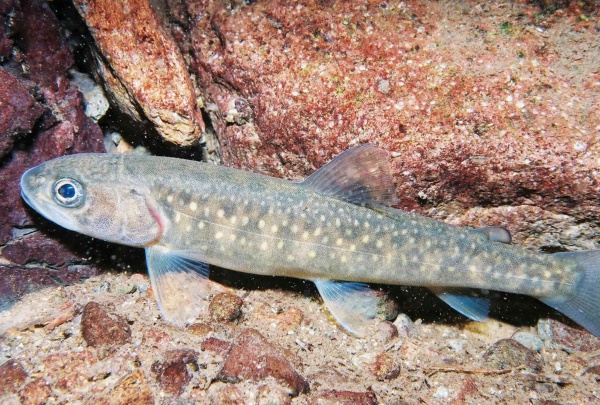Facts About Bull trout
The bull trout, scientifically known as Salvelinus confluentus, is a captivating fish native to the northwestern region of North America. A member of the Salmonidae family, it was once considered identical to the "Dolly Varden" but was recognized as a separate species in 1980. Currently, these fish are listed as a threatened species under the U.S. Endangered Species Act and are classified as vulnerable on the IUCN Red List.
Bull trout are easily identifiable due to their distinctive features: they possess white leading edges on their fins, a large head and mouth, and can achieve remarkable sizes—up to 103 cm in length and weighing up to 14.5 kg.
There are two life history forms of bull trout: migratory and resident. Migratory bull trout tend to grow larger than their resident counterparts. They thrive in cold, clear waters typically found in high mountain regions and coastal rivers of northwestern North America. They require specific conditions to survive and reproduce, including water temperatures below 55 °F, clean gravel beds for spawning, deep pools, and interconnected waterways for migration.
Dietarily, bull trout begin by consuming zooplankton and zoobenthos, transitioning to a piscivorous diet as they mature, preying on other fish.
Conservation is vital for bull trout, as their habitats face numerous threats from activities such as road construction and logging. Dams create significant barriers by obstructing their migration routes. Additionally, hybridization with non-native brook trout poses further risks to their populations.
Despite these challenges, bull trout are highly valued as game fish in northern Canada. Nonetheless, their populations encounter significant obstacles, from habitat degradation to survival threats. The historical confusion with names like "Dolly Varden" underscores the complexity of their classification and the history of their identification.

 Canada
Canada